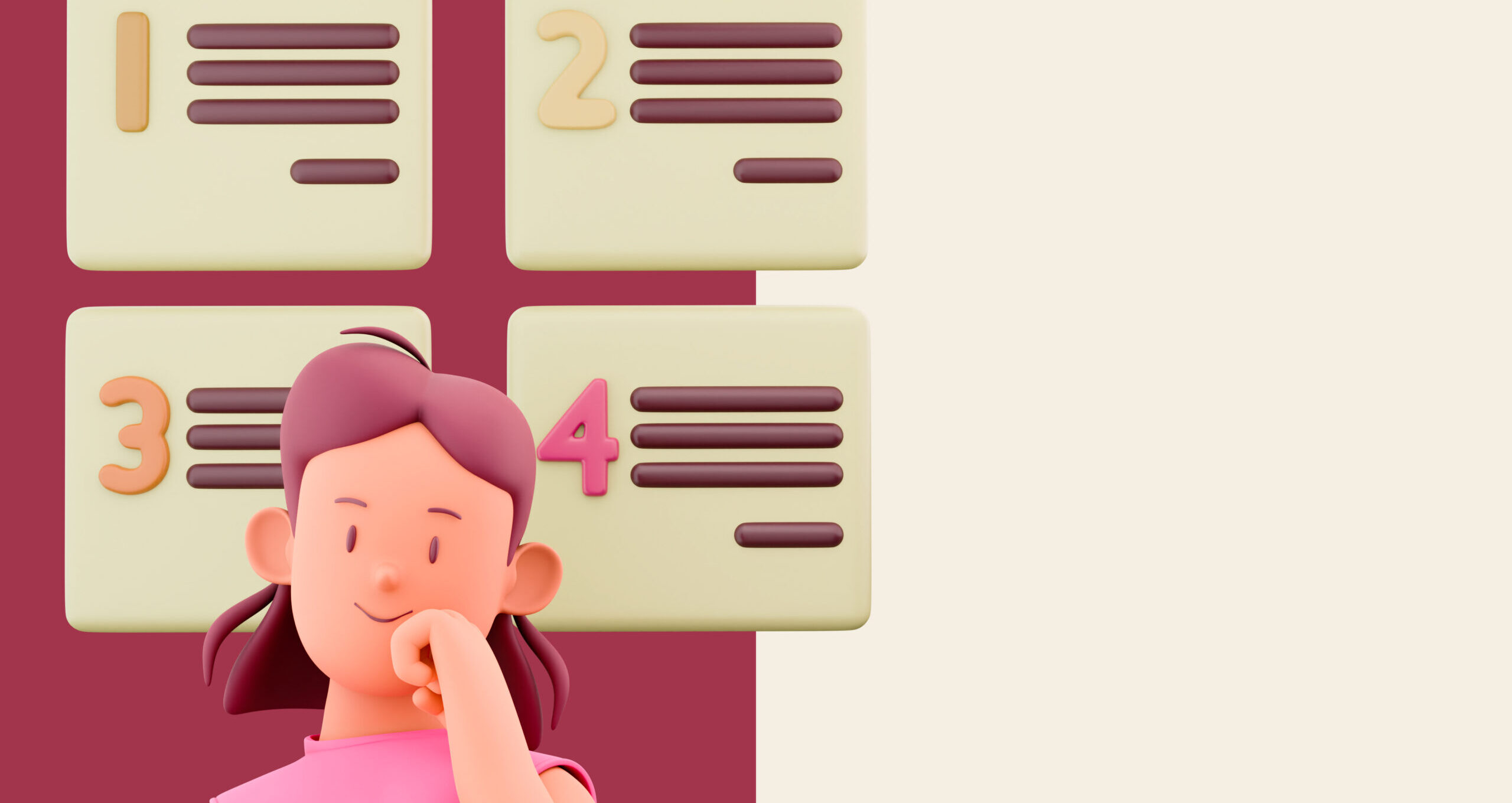100+ React Interview Questions and Answers – Complete Preparation Guide
If you are preparing for a React interview, this blog post is the right place to start. Here, I’ve compiled 100+ React interview questions with answers, divided into three sections – Freshers, Intermediate, and Experienced.
Whether you are just beginning your career, preparing for React.js placements, or looking to switch jobs as an experienced React developer, these questions will help you strengthen your concepts and boost your confidence.
Each section covers the most commonly asked React interview questions and answers that companies expect you to know. From fundamental React basics to advanced concepts like hooks, context API, performance optimization, and state management, this guide is designed to help you crack interviews at all levels.
No matter if you are a fresher starting out or a professional with years of experience, you can use this React interview preparation guide to ace your next React.js interview and grow in your professional career.
General Concepts
- What is React?
- React is an open-source JavaScript library for building user interfaces, especially single-page applications. It is component-based and makes building complex UIs easier.
- Concept: Introduction to React.
- What are components in React?
- Components are reusable, isolated pieces of UI. They make applications easier to manage and develop.
- Concept: Components.
- What is JSX?
- JSX is a syntax extension for JavaScript that looks like HTML. It makes UI creation with React much more readable.
- Concept: JSX.
- What is the Virtual DOM?
- The Virtual DOM is a lightweight copy of the actual DOM. React uses it to boost performance by only updating parts of the DOM when needed.
- Concept: Virtual DOM.
- Difference between functional and class components?
- Functional components are simple functions, while class components use ES6 classes and can manage state and lifecycle methods.
- Concept: Component Types.
- What are props in React?
- Props are inputs passed to components that help make components dynamic and reusable.
- Concept: Props.
- Difference between state and props?
- Props are passed from parent to child and are read-only, while state is managed within the component and can be changed.
- Concept: State vs Props.
- What are React Hooks?
- Hooks are special functions (like useState, useEffect) that allow functional components to use state and lifecycle features.
- Concept: Hooks.
- What is useState?
- useState is a built-in hook to add state to functional components.
- Concept: useState Hook.
- What is useEffect?
- useEffect is a hook used for side effects like fetching data, subscriptions, or directly updating the DOM.
- Concept: useEffect Hook.
Rendering and Handling Events
- How do you handle events in React?
- Events are handled using event handlers (e.g., onClick) that call JavaScript functions.
- Concept: Event Handling.
- What is controlled component?
- Input form elements whose values are controlled by React state.
- Concept: Forms and Controlled Components.
- What is an uncontrolled component?
- An input form element that manages its own state internally (not via React state).
- Concept: Uncontrolled Components.
- What is the render() method?
- In class components, render() returns JSX to display on the UI.
- Concept: Render Method.
- What is the purpose of the key attribute?
- Key helps React identify which items changed, are added, or removed in a list.
- Concept: React Lists and Keys.
- What are fragments?
- Fragments allow grouping a list of children without adding extra nodes to the DOM.
- Concept: React Fragment.
Lifecycle and Data Flow
- What are React lifecycle methods?
- Functions like componentDidMount and componentDidUpdate are used to handle tasks during a component’s lifecycle.
- Concept: Lifecycle Methods.
- Explain componentDidMount.
- A lifecycle method called once after a component is added to the DOM, often used for data fetching.
- Concept: Lifecycle Methods.
- What is props drilling?
- Passing data from parent to child components through multiple layers, which can make code messy.
- Concept: Data Flow.
- What is Context API?
- Context API provides a way to pass data through the component tree without props drilling.
- Concept: Context API.
Advanced Basics
- What is React Router?
- A library for adding navigation and routing to React applications.
- Concept: Routing.
- What is redux?
- Redux is a state management library for managing application state in React.
- Concept: State Management.
- What is the purpose of useReducer?
- useReducer is a hook for complex state logic, like Redux, in functional components.
- Concept: useReducer Hook.
- What are Higher Order Components (HOC)?
- HOCs are functions that take a component and return a new component.
- Concept: HOC.
- What is React.memo?
- React.memo helps optimize performance by preventing unnecessary re-renders.
- Concept: Performance Optimization.
- Explain error boundaries.
- Error boundaries are React components that catch JavaScript errors in child components and show fallback UI.
- Concept: Error Handling.
- What are synthetic events?
- Synthetic events are React’s cross-browser wrapper around native browser events.
- Concept: Event System.
- What is lazy loading?
- Lazy loading loads components only when needed, improving performance.
- Concept: Performance Optimization.
- What is splitting code?
- Splitting code divides your bundle into smaller pieces for faster loading.
- Concept: Performance Optimization.
- What is useRef?
- useRef is a hook to access DOM nodes or persist mutable variables between renders.
- Concept: useRef Hook.
Testing and Miscellaneous
- How do you test React components?
- Using tools like Jest and React Testing Library for unit and integration tests.
- Concept: Testing React.
- What is the role of webpack in React?
- Webpack bundles JavaScript files for efficient loading in React applications.
- Concept: Tooling.
- What is Single Page Application (SPA)?
- An SPA updates the UI dynamically without reloading the page, often using React.
- Concept: React Application Type.
- What are the limitations of React?
- React is not a complete framework, requires additional libraries for routing and state management, and can be complex for bigger applications.
- Concept: Limitations.
- What are custom hooks?
- Custom hooks are user-defined functions using hooks logic reusable across components.
- Concept: Custom Hooks.
- Difference between map and forEach in rendering lists?
- map returns a new array of components, needed for JSX rendering, while forEach does not.
- Concept: Rendering Lists.
- How to style components in React?
- Components can be styled using CSS, CSS Modules, or styled-components library.
- Concept: Styling.
- What is reconciliation?
- Reconciliation is React’s process for updating the DOM efficiently when state changes.
- Concept: DOM Update.
- What is StrictMode?
- StrictMode is a tool for highlighting potential problems in React applications during development.
- Concept: Development Tools.
- Name a performance tip for React apps.
- Use memoization (useMemo, React.memo) and code splitting to make React apps faster.
- Concept: Performance Optimization.
React Important Concepts For Interview
SSC CGL Study Resources – Sparx Prep
📌 Explore More SSC CGL Topics:

